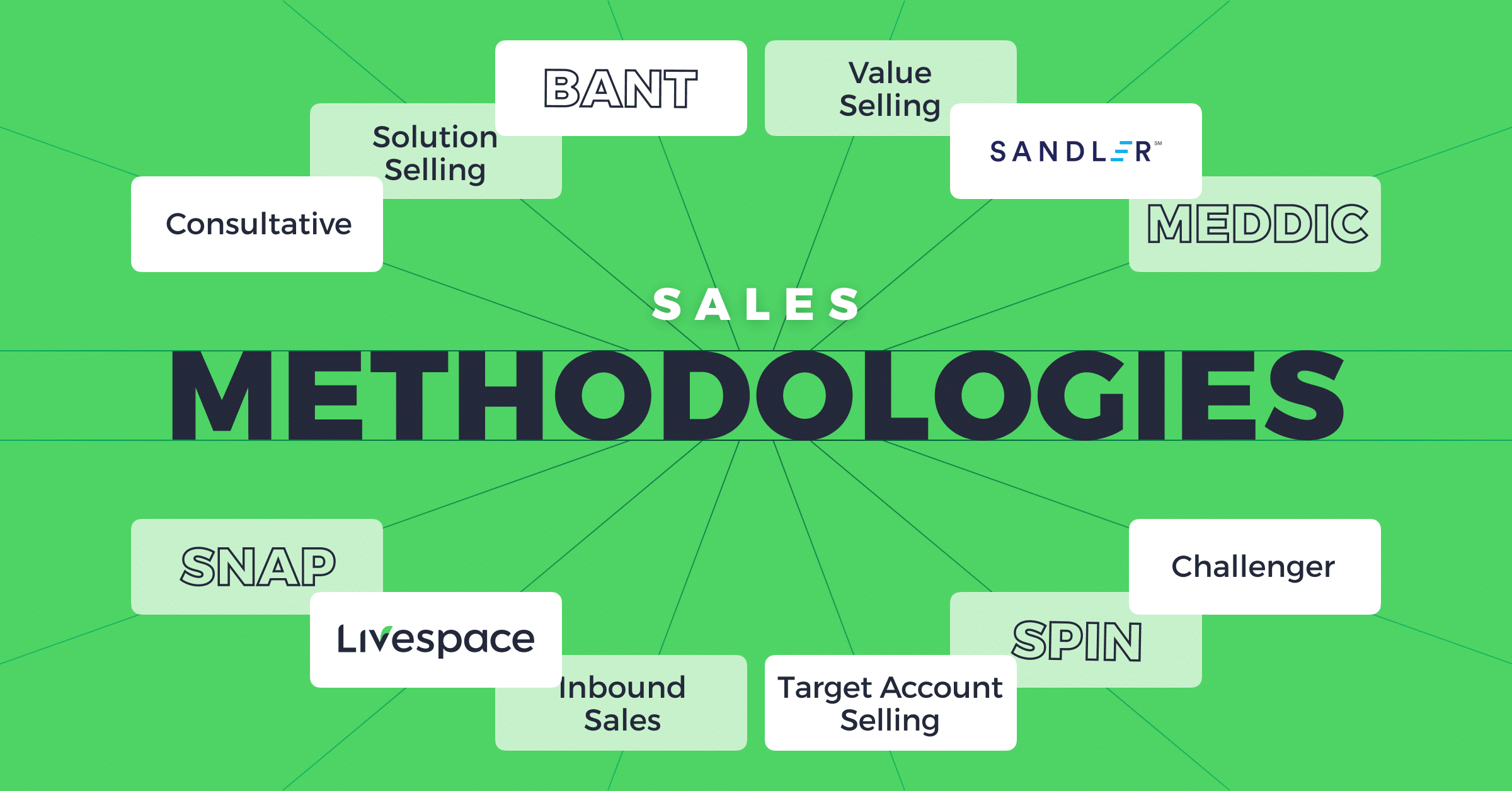3 most common software house sales mistakes. Make sure you won’t make them.
Michał Mroczkiewicz Livespace
LivespaceSoftware development companies are often founded by former developers (or UX/UI designers). Most of them don’t have any experience when it comes to sales. They typically sell with their knowledge and expertise or word of mouth. Both are ok at the early stage, but will be a big issue when the company starts scaling up.
Going from “founders sales mode” to a dedicated sales team can be painful. There are many issues down the road. Amongst them 3 which I find the most common. Ignore them at your peril.
Selling to everyone rather than focusing
Usually, as a founder, you act according to intuition. “I feel like there will be something here.” – meaning almost the same level of commitment with every potential client.
Maybe you’re investing time in meetings, estimates, and proposals, even if there’s no chance that you actually get the project. Perhaps you should not work with half of the customers in the pipeline? Somehow, you’re still doing that? Two significant aspects are at play here: FOMO and point of no return.
Fear of missing out is understandable, but you can’t really lose the client you don’t have. Still, you can’t cut them out of the pipeline after working on them for so many months. You’ve already invested time and effort. You know it won’t work deep down, but you’re still doing it. Instead, try asking yourself these questions:
- Does the customer have a problem that I can solve?
- Is the problem big enough for the client to want to do something about it?
- Does the client have a budget and resources available to make it happen?
- What is the client’s decision-making process?
You probably operate in no-reflection mode if you cannot answer the above questions. If the answer to any of the questions is “NO”, you have a good chance that you are running towards failure. And sometimes it can go even worse…
Imagine a situation when you win a client who is a terrible fit. It always ends with arguments, constant crisis management, low team morale, and taking overtime to fix things. Not to mention your profit margin. Having a problematic client could mean losing money instead of earning it.
Selling like you’re in a hamster wheel
Another “Founder sales mode” trait is treating every potential client like one of a kind. Don’t get me wrong. Each of your clients should feel that way. But it doesn’t mean there isn’t a defined and structured sales process in place.
Having no structure in sales is OK-ish, but only up to a point. In the beginning, you can rely on your gut feeling and experience. But remember, before hiring your first sales rep, you have to sort out the basics:
- Do I have a repeatable lead source?
- Do I know my buyer persona?
- Do I have the qualification criteria so my sales rep will know when he should invest time with a prospect? Or when to disqualify one at the very beginning?
- Do I have a baseline process so my rep will know what to do when he needs to make an estimate or create a proposal?
- What can he negotiate, and what is non-negotiable in our cooperation model?
If you’re a founder handling sales, you don’t need those as much because you’re the one making them. This will change drastically when someone new joins the team who doesn’t have the same context as you.
With each client, you will waste time and effort on the stuff you should already have figured out by now. It will be like a hamster wheel. Ultimately, it will result in poor sales service, doing everything at the last moment (or missing deadlines). Basically, one crisis after another without any predictable results.
Forecasting based on intuition
Growing a company in terms of headcount means bigger revenue. But it also means more challenges. You have to get enough projects (or expand old ones), so you won’t lose money on people warming the bench.
You also can’t oversell your resources. It will probably mean stretching them thin and poor delivery. Exceeding your planned target could also mean that you have to hire new people faster than usual. It often leads to hiring a bad fit for the sake of starting the client’s project.
There’s also the matter of aligning sales with delivery regarding tech stack. Acquiring a project for 20 Python developers will only be a problem if you don’t have any available. It only worsens if you know that next month you won’t have a project for the dozen java developers finishing a project.
How to address those mistakes?
If there’s one “golden bullet” solution to these problems, that will be a well-thought-out sales process. Different businesses may use different words to describe the steps in their sales processes. Still, the generic process usually looks like this:
- Research (defining Buyer Persona)
- Lead generation (inbound / outbound)
- Qualification / Discovery (phone calls, meetings)
- Decision (workshops, design sprints, proof of concept)
- Proposal / Offer project estimates, proposals, statement of work)
- Negotiations (optional)
- Trade / Commit (that typically results in either Win, Lost, Inactive. Sometimes with Referral or Preboard)
Re-think the status quo and implement a successful sales process in your organization. A successful sales process depends on establishing credibility and building trust. When these things are in place, you’re making cash.
Keep in mind it’s always all about the buyer. As soon as you make sure your selling efforts are in complete sync with their buying signals and stages, you are on the verge of success.
While it may sound ridiculously obvious, the question is: do you actually do it?
Transitioning away from the founder-led sales model
Regardless if you want to move away from sales or stay in the role for a bit longer, you still need to have a sales process (or many) in place. You need to know where you are with your sales opportunities and be able to forecast sales.
Disqualifying bad fits will save you time and resources to use on more promising prospects. No more case-by-case approach for each deal will help you focus on what matters to the client – understand his problem, and present a fitting way to address it. Having a repeatable sales process means that you can measure your conversion rate and the probability of winning a sales opportunity. That will allow you to plan both sales activities and hiring needs.
It all may seem simple, but it’s not easy. Nonetheless, every company needs a documented sales process that will evolve as the business grows. A well-defined and measurable sales process can help you increase sales, margins and streamline your organization as a whole.
Other posts

What is the Role of a CRM System in Your Sales Cycle?

Sales Methodology Overview






 Livespace
Livespace